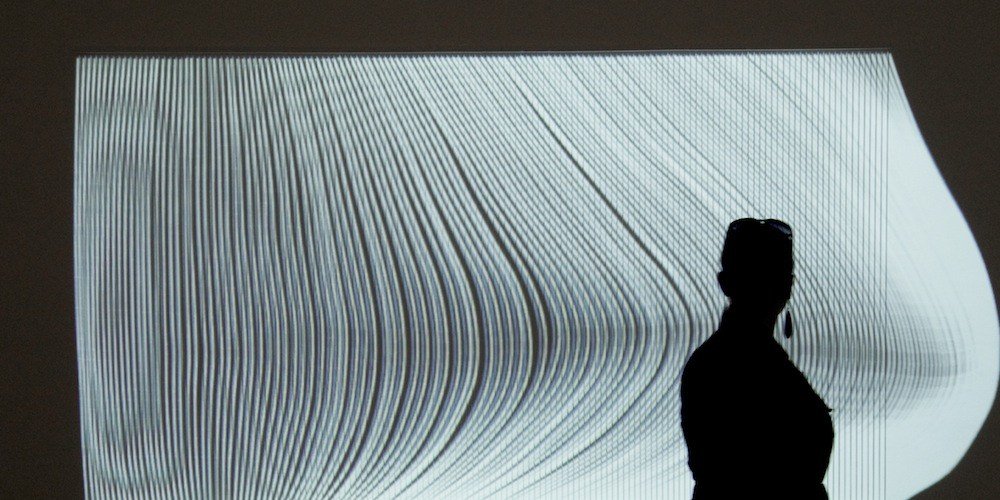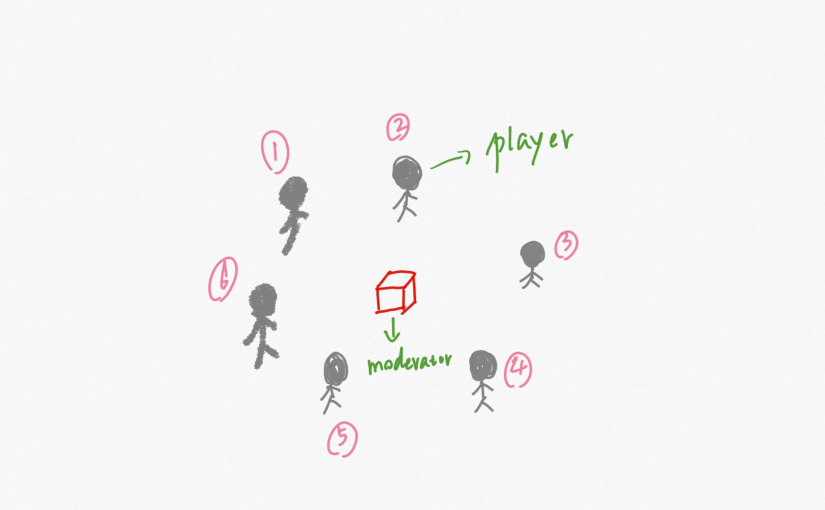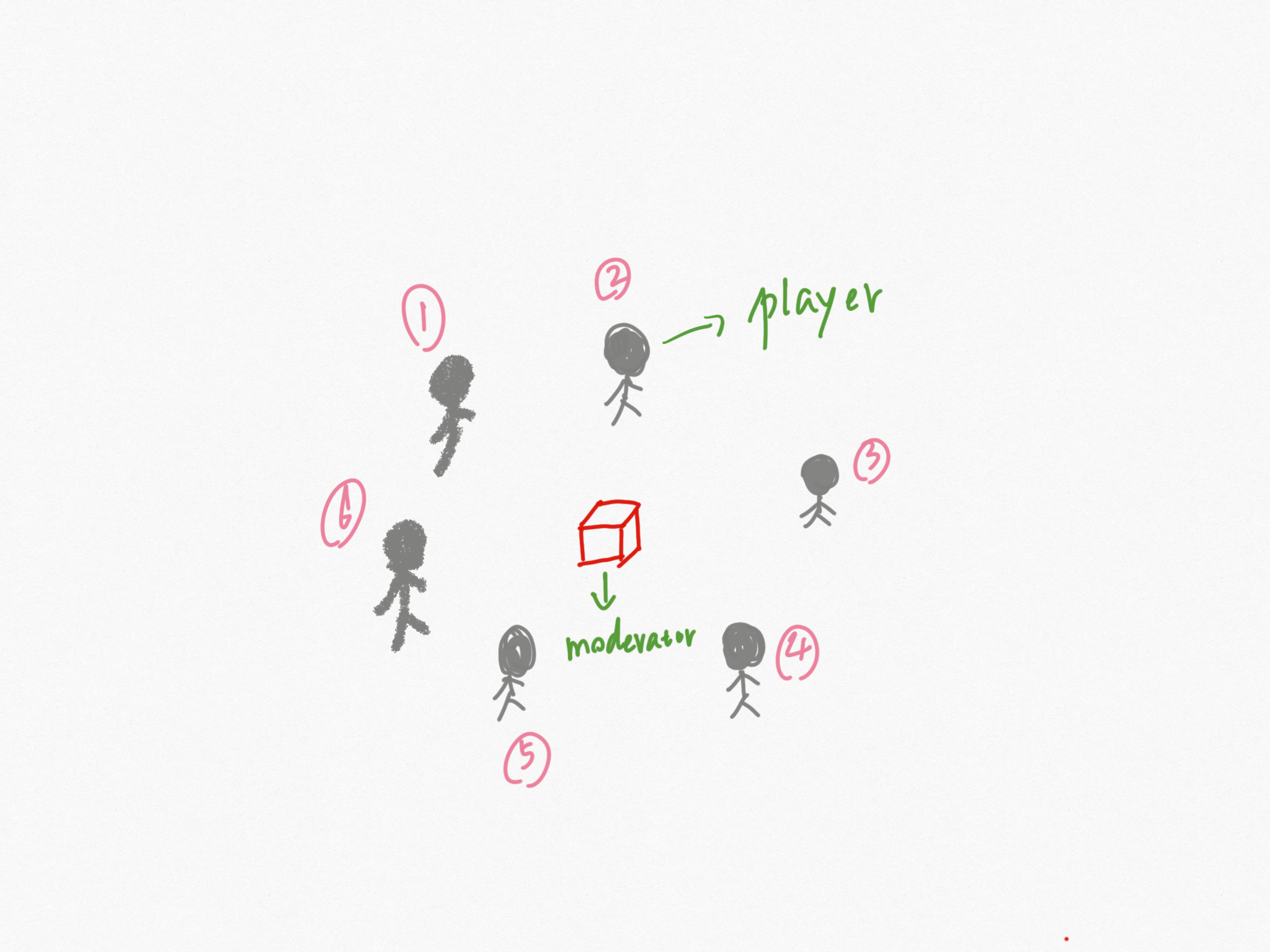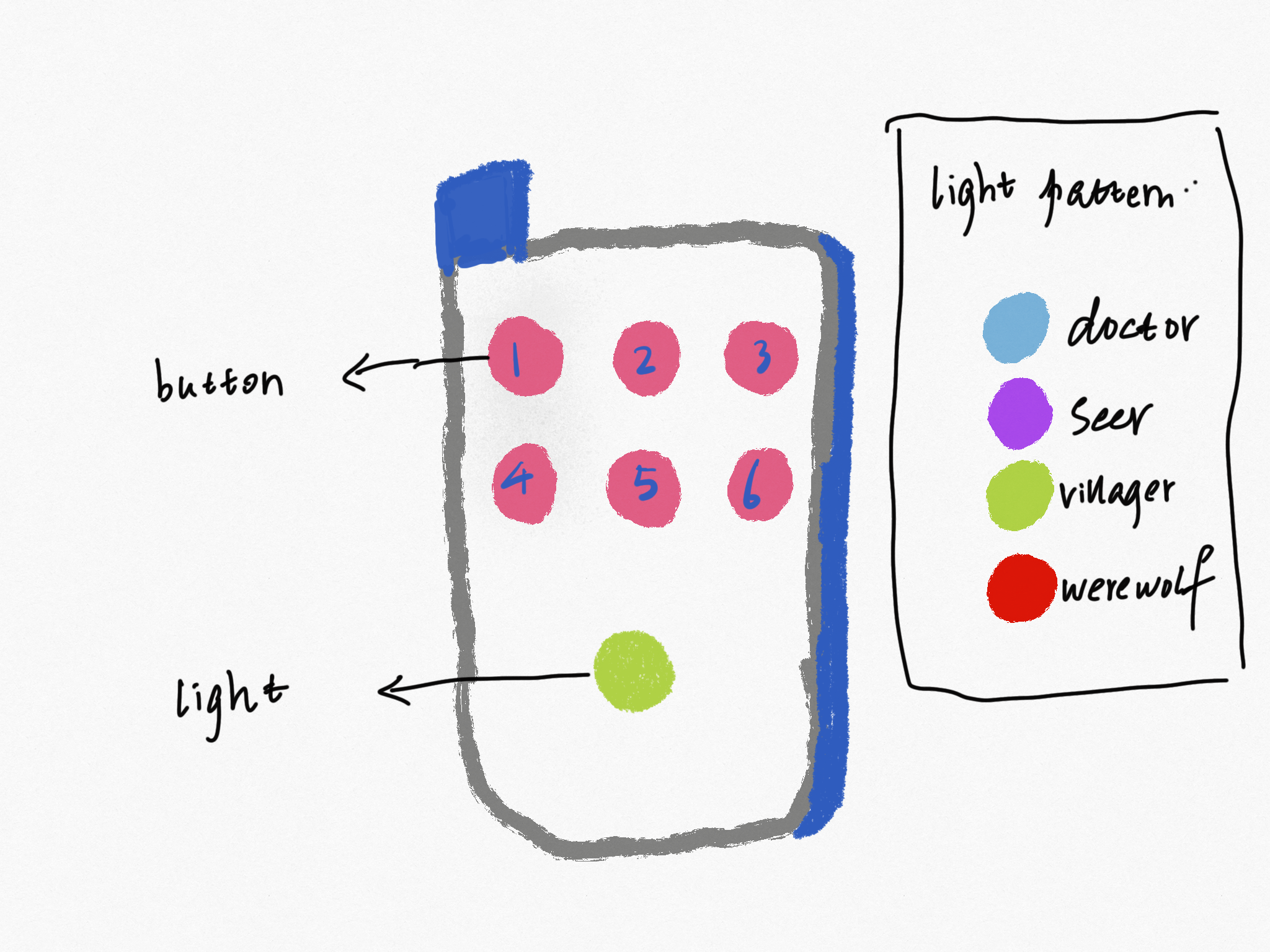Team members:
Chin Kee Yong (leader)
KU KA WING
Game rule:
1.collect pieces of paper marked $
2.You can only move when the music is playing and the lights are off. (Looking around is allowed when the light is on and music stops.)
3.Whoever has the most $ at the end of time limit is the winner.
My takeaway
After 15mins discussion, Kee Yong and me outlined the game briefly.
Basically, we only have two kind of props,”treasure” and the control center that control the music and light. Honestly, at the beginning I worried that this game is too simple, not so interactive. However, reflecting on the bodystorming session last week, the game experience turned out to be really unexpectedly exciting.
What did you learn from the process?
Experience does not depend on what the installation is, but what the participants feel when they interact with it. We should consider a lot of things in different dimensions.
What surprised you while going through the process?
Sometimes we may overestimate or underestimate the process of interaction. As the creator, we are familiar with the installations we made, but other participants could have totally different reaction. So testing is very important,
How can your apply what you have discovered to the designing of your installation?
Our installation’s most outstanding feature is the shifting between day and night. And with the mission impossible theme soundtrack, the atmosphere is exciting. Based on the note taker’s advice, i think we should add some more tricks in the game.For example, the participants may accelerate the night time after they touch the hiding button or something like that. Let the participants interact with the game, not only obeying the rule.
What’s more, instead of counting down the time, suddenly shifting day and night will be more interesting.














